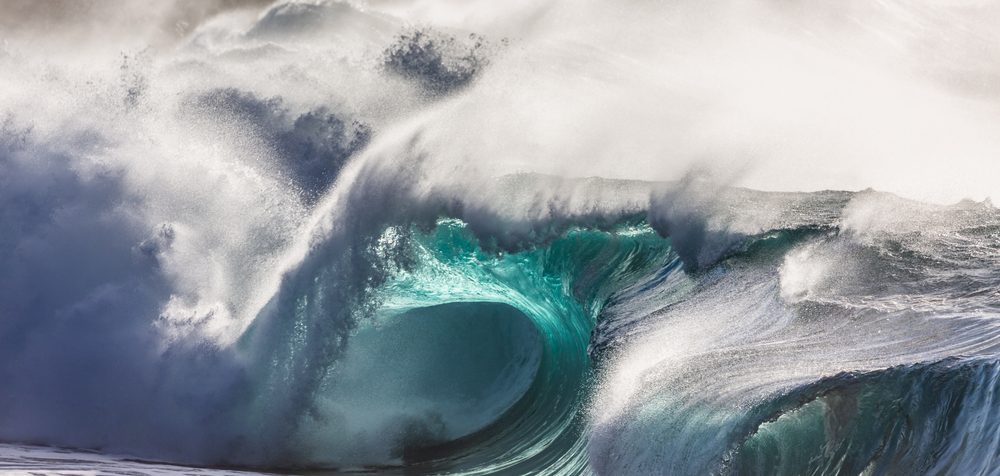
Researchers at Cardiff University’s School of Mathematics have developed an early warning system that can quickly classify submarine earthquakes and determine the risk of resulting tsunami events. The team uses state-of-the-art acoustic technology working with artificial intelligence (AI) to monitor tectonic activity in real time.
Current warning systems rely on waves reaching sea buoys before tsunami warnings are triggered. The sea buoys use seismic sensors to measure underwater earthquakes, but the technology is not always accurate in predicting the danger posed by the resulting tsunamis, leaving little time for residents of coastal communities to evacuate.
Dr Usama Kadri, the study’s co-author, said: “Tsunamis can be highly destructive events causing huge loss of life and devastating coastal areas, resulting in significant social and economic impacts as whole infrastructures are wiped out. Our study demonstrates how to obtain fast and reliable information about the size and scale of tsunamis by monitoring acoustic-gravity waves, which travel through the water much faster than tsunami waves enabling more time for evacuation of locations before landfall.”
Cardiff’s team used a mathematical model that combines analytical and machine learning techniques capable of retrieving rupture characteristics from acoustic data. The model was applied with short computational times to data recorded by underwater microphones – called hydrophones – during four tectonic events that were reported to trigger tsunami waves. They then used these sound recordings to detect and analyze in real-time the acoustic radiation produced by 200 earthquakes that occurred in the Pacific and Indian Oceans. Algorithms were used to classify the earthquake’s slip type and magnitude to estimate the size of the resulting tsunami.
Co-author Dr Bernabe Gomez Perez explained: “Tectonic events with a strong vertical slip element are more likely to raise or lower the water column compared to horizontal slip elements. So, knowing the slip type at the early stages of the assessment can reduce false alarms and complement and enhance the reliability of the warning systems through independent cross-validation.”
